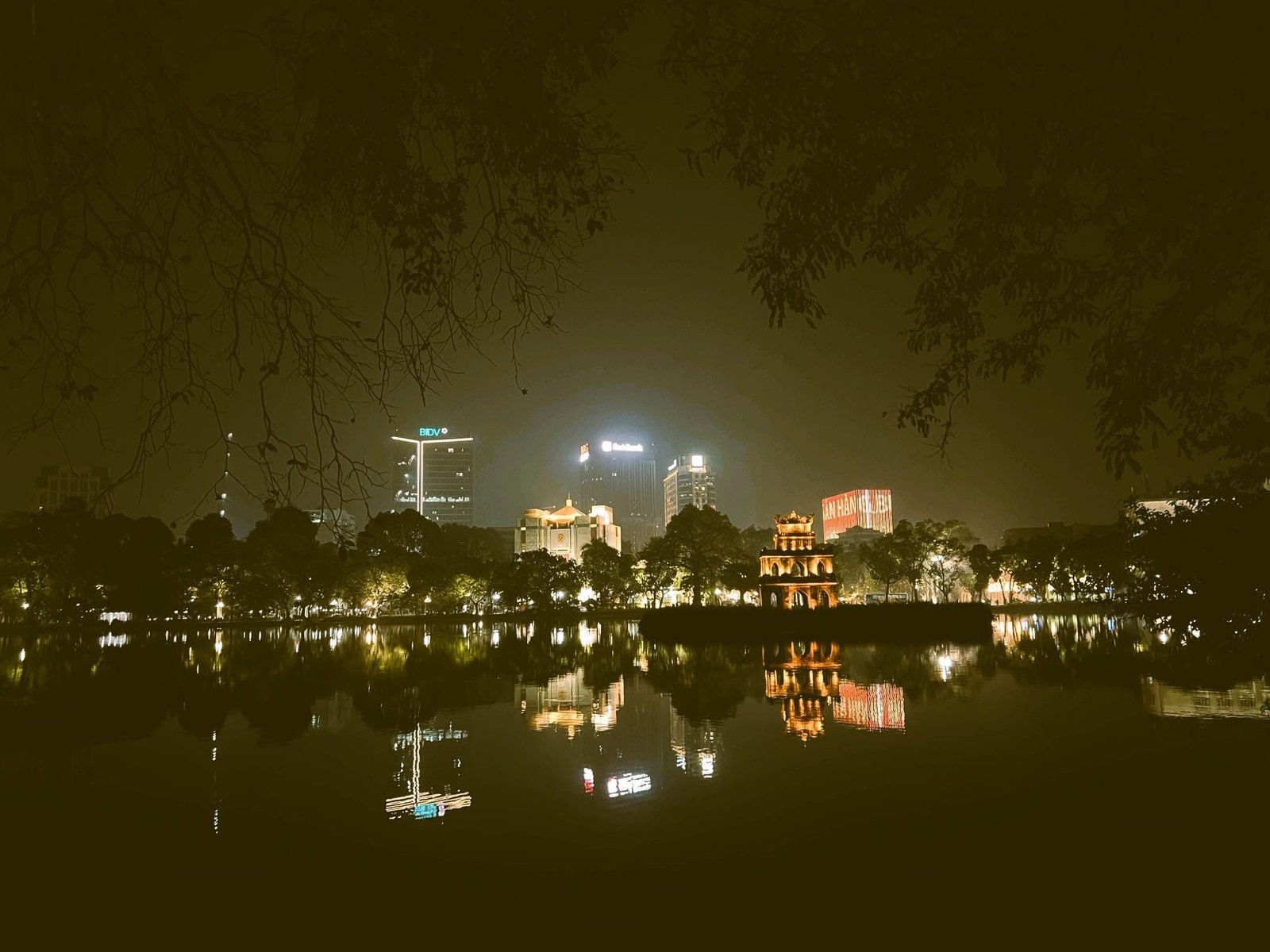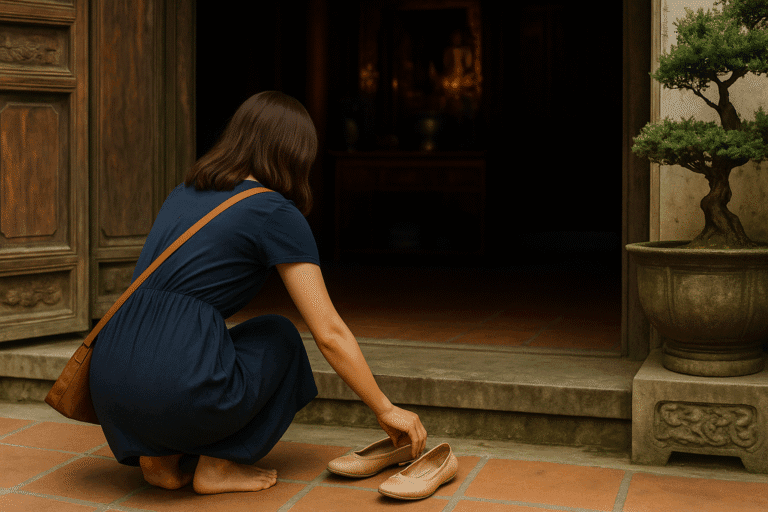A Brief History of Hanoi, Vietnam (Told My Way)


So here’s the thing. I’ve been to Hanoi so many times than I can count. But every single visit? Feels different. The history of Hanoi just hits different when you’re actually here — walking down streets where emperors once rode, or sipping coffee next to a French colonial villa.
It’s not just a city. It’s a story where Hanoi All Began, Let’s rewind.
History of Hanoi
Long before the scooters and bubble tea shops, this place was Vietnam’s cradle of civilization. Like, we’re talking 3000+ years ago. Back then, it wasn’t called Hanoi — it was part of the Âu Lạc Kingdom, ruled by a guy named Thục Phán (aka An Dương Vương).
He built Cổ Loa Citadel. That place is legendary. Myth says he had a magical crossbow that fired thousands of arrows. I haven’t seen that part, obviously. But the ruins? Still there. And wow — it’s like stepping into another world.
Chinese Rule: For 1000 Years
Around 111 BCE, the Chinese swept in. Not for a visit. For nearly a thousand years.
They renamed the area Tống Bình, then Đại La. Hanoi basically became a Chinese outpost. They brought Confucianism. Changed the writing. Built stuff. But also tried to erase Vietnamese culture.
People here? They never really stopped resisting.
Thăng Long Rises
Fast forward to 1010 AD. A Vietnamese emperor, Lý Thái Tổ, had a vision.
Literally. A dragon rising over the Red River. He took it as a sign — moved the capital from Hoa Lư to Đại La, and renamed it Thăng Long. Meaning… yup: Rising Dragon.
And just like that — modern Hanoi history began.
He built schools. The Temple of Literature was born. It’s still there, by the way — a peaceful place right in the chaos.
I sat there once just listening to birds and scooters blending in the background. Oddly calming.
French Rule (1833–1954)
Hanoi got a major makeover during French colonial rule. Like, big time.
They built Hanoi Opera House. Long Biên Bridge, and wide tree-lined boulevards. The architecture? Gorgeous. But don’t let the beauty fool you. This was still colonialism. Locals suffered. A lot.
Still — the blend of French and Vietnamese vibes? Totally unique. You feel it walking around the Old Quarter today.


1945: Independence Day in Ba Đình
SquareSeptember 2nd, 1945. One of those “goosebumps” days in Vietnam history.
Ho Chi Minh stood in Ba Đình Square and declared independence. I stood in that same square once. Thought about what it must’ve felt like. Loud. Hopeful. Maybe scared too. But proud.
Today’s Hanoi – Still Here. Still Proud.
In 2010, Hanoi, the vibrant capital city of Vietnam threw a massive party. It had been 1,000 years since it became the capital.
A thousand years.
That’s wild. I mean — cities don’t usually get that old and stay relevant. But Hanoi does. Because it’s not just Vietnam’s capital — it’s its memory, its struggle, its pride.
It’s where history lives in everyday life.
You’ll find monks walking past neon signs. Teens taking selfies near ancient temples. Families selling bún chả next to a French mansion. It all somehow works.
My Thoughts?
If you love culture, chaos, and quiet moments in between — Hanoi’s for you. The cultural capital of Vietnam isn’t just for museums and war history. It’s alive. It’s buzzing. It feels real.
Every time I visit, I learn something new. Sometimes from a tour guide. Sometimes from a grandma selling rice crackers on the street. It’s all history. All of it.
Bonus: Must-See Historic attraction in Hanoi
- Cổ Loa Citadel – Legendary and underrated.
- Ba Đình Square – Where independence happened.
- Temple of Literature – Known as the Oldest university in Vietnam.
- Hanoi Opera House – French vibes in Asia.
- Ho Chi Minh Mausoleum – Powerful experience.
Thanks for reading. Hope this helped you feel Hanoi’s story — not just read it.
Also read: Hanoi Travel Guide for 2025


